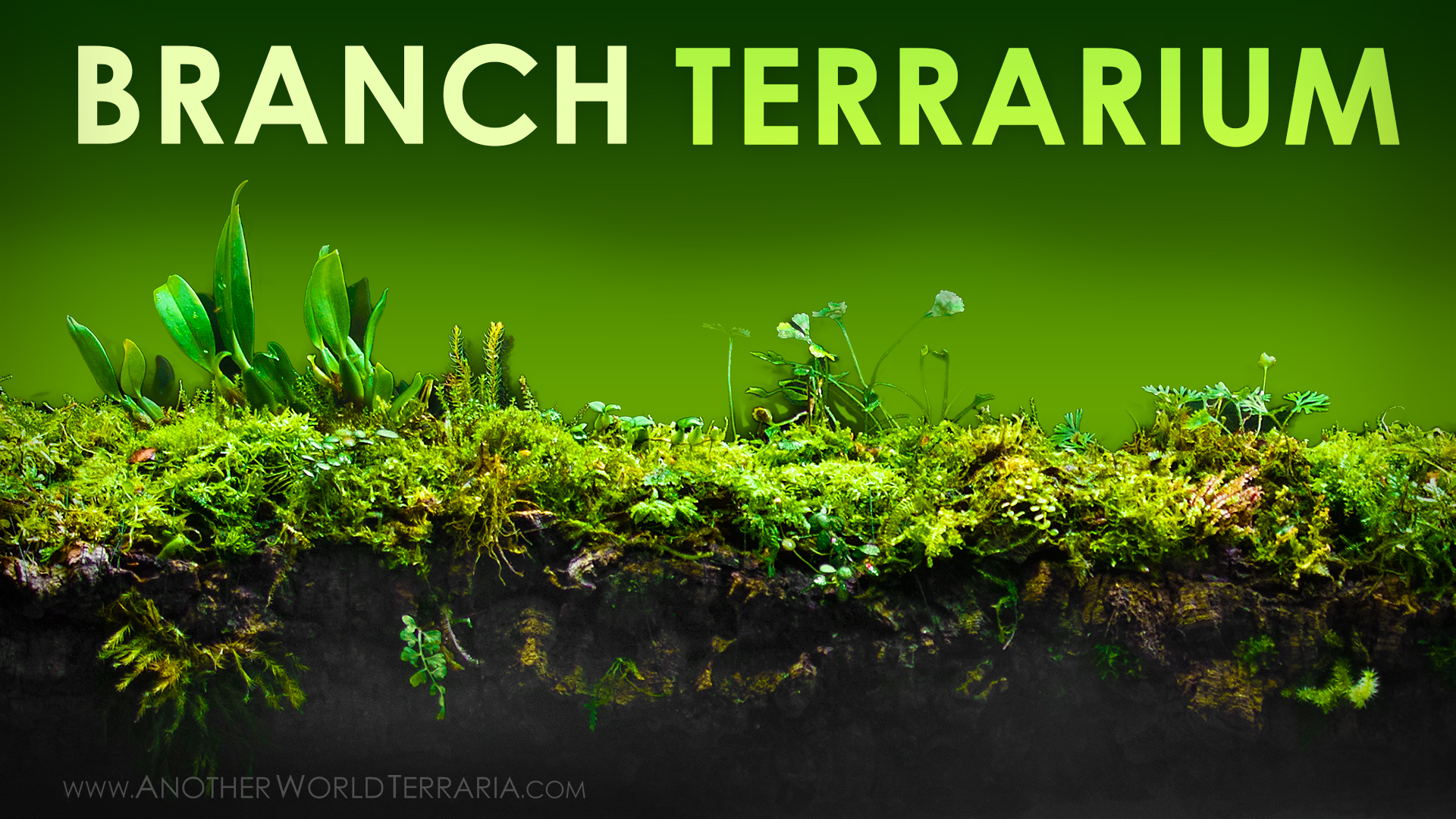This tutorial will teach you how to attach epiphytic and vining plants to a hanging mount. I’ll also share some valuable pro tips and advice.
In this article
- When you should use a hanging mount
- Tips for choosing the right wood for the mount
- Checklist of materials and tools, plus tips for each
- A few Pro Tips for the project that will save you frustration
- Detailed step-by-step how to mount, with full commentary
- Warnings about what NOT to do
- Free Plant Tips offer
When growing epiphytic plants in a grow tank or greenhouse, such as certain tropical orchids, ferns, as well as vines, you’ll often need a hanging mount.
In this tutorial I’ll teach you how I most commonly mount my plants, giving you tons of valuable knowledge, pro tips, things to avoid, full checklist of tools and materials, and detailed demonstration of each step in the mounting process.
If you don’t yet have a mount for your plant, check out my tutorial on How to make a hanging mount for plants
How to mount a plant on a hanging mount:
What you’ll need:
- Hanging mount
- If you don’t yet have a mount for your plant, check out my tutorial for How to make a hanging mount for plants
- Polyester thread
- I prefer this over fishing line. Thread is much easier to work with and blends in naturally
- Use earth tones like brown
- Do not use cotton because it will decay
- Scissors
- For trimming thread
- Sphagnum moss
- Pre-hydrated with distilled water
- Squeeze out excess water before using
- Super glue
- To weld the thread end to the back of the mount
- Tweezers
- For handling micro-sized plants
- For making fine adjustments to the sphagnum
- Nitrile or rubber gloves
- For handling super glue
- Distilled water in spray bottle
- To water in the mount when done
- Optional:
- Live moss/liverwort to seed the mount
Important considerations for choosing a piece of wood:
The plant will determine the best piece of wood. These points are covered in more detail in my tutorial on how to create a hanging mount.
- How large is the plant?
- A larger plant requires a larger mount
- How fast does it grow?
- A fast growing plant requires a larger mount
- What is the plant’s growth habit?
- For example: A draping species would do well on a tall mount. A wide square mount would be good for a sprawling species.
The steps
- Create a bed of sphagnum on the mount (choose the appropriate amount of sphagnum based on the species moisture preferences)
- Secure the sphagnum on mount by wrapping it with thread. Do not cut the thread yet
- Place the plant on the mount. Position it based on the species growth habit
- Secure the plant by wrapping thread gently, not too tight, and weave between leaves and stems
- Cut the thread, leaving extra around the back
- Use a dab of superglue to secure the end of the thread to the back of the mount
- Make adjustments as needed, such as adding more sphagnum in empty pockets, adding live moss
- Water the plant and mount
- Add your plant label/tag
Let me know if you have any questions about anything in this tutorial.
If you found the article helpful, please consider clicking a share button below to spread the word to your friends and fellow hobbyists.







